Polk Audio Signa S4 Soundbar Review Page 2
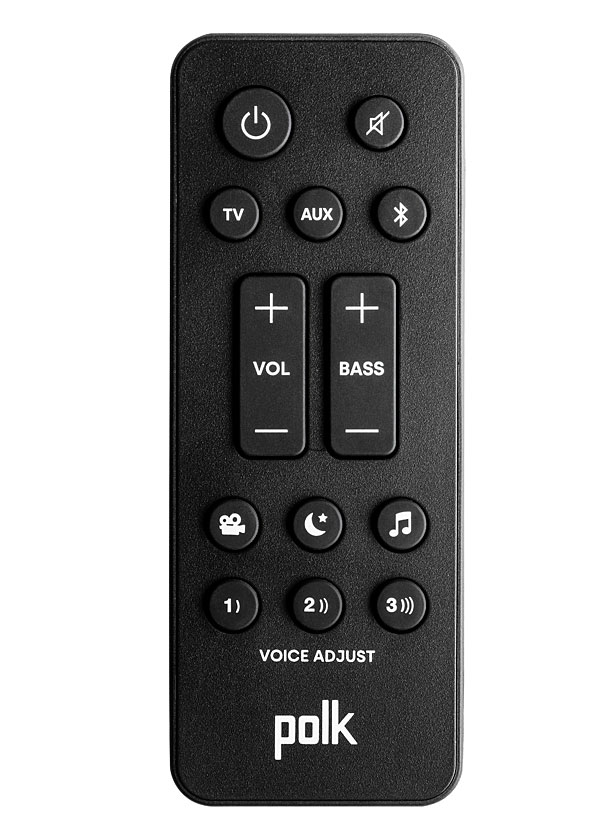
Performance
I would characterize the sonic personality of the Signa S4 in either its Music or Movie mode as friendly, sometimes excessively so. It's a warm, palatable sound that makes just about everything that goes through it highly listenable. Critical listeners might complain that it's a bit veiled in the mids, not terribly extended or detailed in the highs, and that it exhibits compressed dynamic range. But that's not to say that the Signa S4 doesn't get loud and maintain control when working hard. It hit peaks of 102dB in my room on musical crescendos and movie soundtracks, and sounded relatively clean at max volume, if just a bit strained. But the full dynamic build from powerful vocalists or big explosions coming off a quiet start was typically lost.
That all may sound negative, but ultimately it makes the S4 pure gold for typical TV and movie fare while still presenting a highly engaging if somewhat compromised experience with music. The S4's canny design prevents the user from having to ride the volume control or suffer edginess from bright soundtracks, while the Voice Adjust settings very effectively ensure dialogue clarity in virtually any program. In other words, the S4 does what it sets out to do by achieving kick-ass, livable sound for everyday viewers with a modest $400 budget.
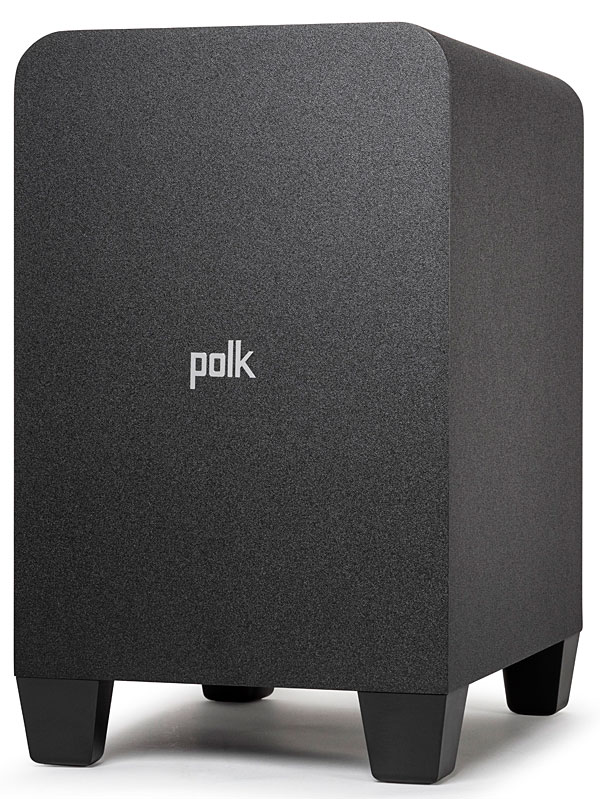
A few minutes of listening made clear that Movie mode was preferred over Music no matter the content type because of its noticeably wider and taller soundstage and better separation of instruments and soundtrack elements. Musical instruments enjoyed slightly crisper focus and vocalists a slightly less recessed presentation in Music mode, but this was somewhat compensated for in Movie by using the Voice Adjust settings, and the difference in imaging was profound enough that I eventually left the Music mode behind.
In my room I sit 8 feet from the soundbar and have 8.5-foot ceilings a touch taller than standard. With the S4, discrete Dolby Atmos test signals placed the virtual front-channel height speakers well above the screen but not quite onto the ceiling or out into the room as they should be. I suspect goosing the height-channel levels would have made these more pronounced and possibly created more of a half-dome, but unfortunately there are no trim adjustments. Nonetheless, the image in Movie mode went beyond the edges of the bar and created a nice wall of sound that allowed voices and objects to occupy distinct positions inside a space with decent front-to-back depth, even if they didn't reach out terribly far.
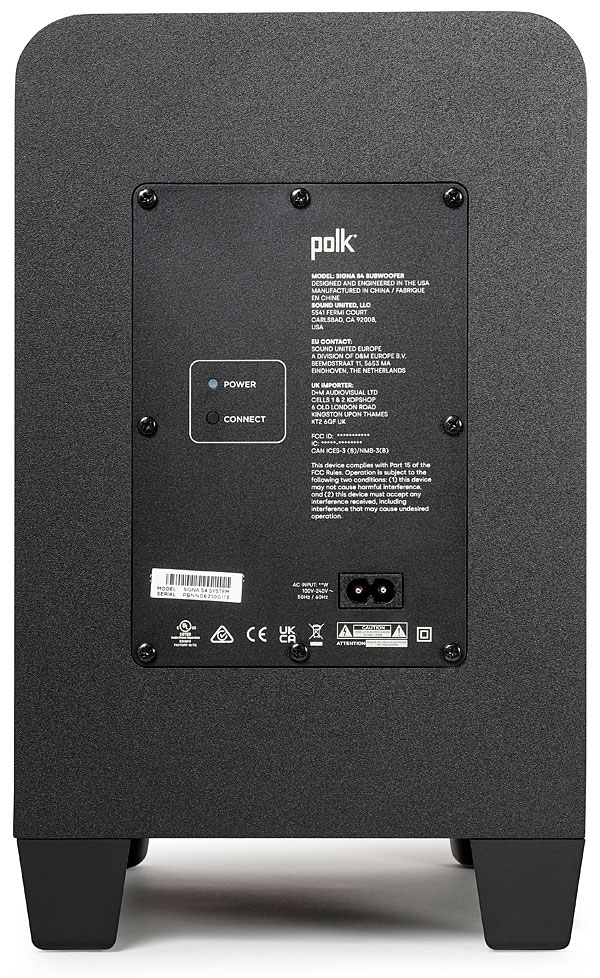
Tidal offers excellent Atmos music playlists these days across different genres. The best experience came from tracks that made good use of the height channels, such as "We Don't Talk About Bruno" from Disney's animated feature Encanto. The song is comprised of vocal counterpoints that emerge from different parts of the soundstage, and they were distinctly separate in the S4's rendering. Meanwhile, the Atmos version of the opening track "Acknowledgment" from saxophonist John Coltrane's A Love Supreme was wonderfully spacious, with easily delineated instruments from Coltrane's quartet, including a nicely defined upright bass, piano, and drums. But the S4's delivery lacked detail in the shimmering cymbal washes that start the track, or the reedy vibration from Coltrane's mouthpiece, and the metallic timbre of the horn that would normally give it presence in the room was missing.
Bass and drum-driven music tracks, such as "What I Can Do for You" from Sheryl Crow's Friday Night Music Club, showed good snap and decent depth from the S4's compact subwoofer. Test tones rolled off rapidly below 60Hz with the sub volume maxed out, but the woofer exhibited unexpected control and avoided offensive boominess.
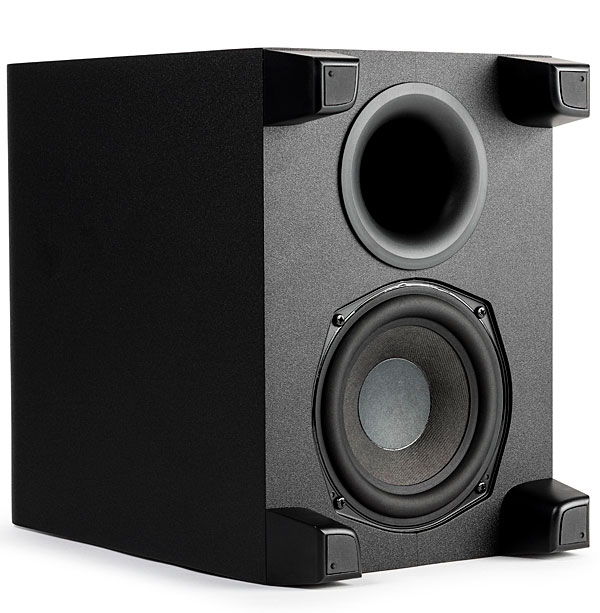
A screening of the Latin-themed musical In the Heights streamed off HBO Max with Dolby Atmos once again delivered that big, spacious, engaging image and excellent dialogue reproduction, but the music was again missing midrange clarity on horns and detail in the percussion that I knew should be there, as well as the full power and build of the operatic crescendos of Olga Merediz's vocal on "Paciencia y Fe." On the other hand, big action movies were right up the S4's alley and a huge treat. The Atmos track for Ready Player One is a sound design masterpiece, and the surround effects and height placements that accompany the action in the virtual word of the OASIS are a constant bombardment of sonic delight. The sound on the S4 was loud and clean, and dialogue stayed clear and discernible even during the incredibly complex battle scene climax thanks to the effectiveness of Voice Adjust. I even watched the end credits to the last frame because of how well the S4 delivered Alan Silvestri's dramatic, Star Wars-like orchestral score.
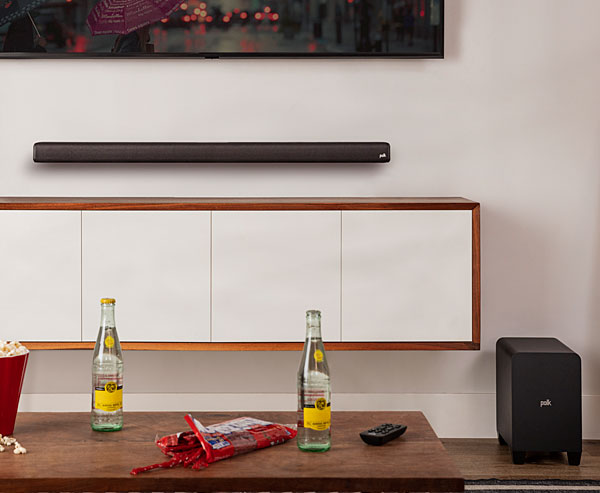
Conclusion
Though the $399 Polk Signa S4 is the least expensive Atmos soundbar system you're likely to find, it faces some tough competition, notably from the new second-generation Sonos Beam that, for $50 more, provides network connected music, multiroom expandabilty, and voice control. It provides the option to add wireless surrounds and a sub—albeit at substantial additional cost.
On the other hand, if you're looking to get in and out at $399 and start enjoying the tremendous wealth of Atmos movie, TV, and music content now swirling around the cloud, you'll find the Signa S4 a satisfying and cost-effective solution. Polk has succeeded here with a high-value soundbar at a price point that's sure to spread the joys of spatial audio to a much broader audience.






















































